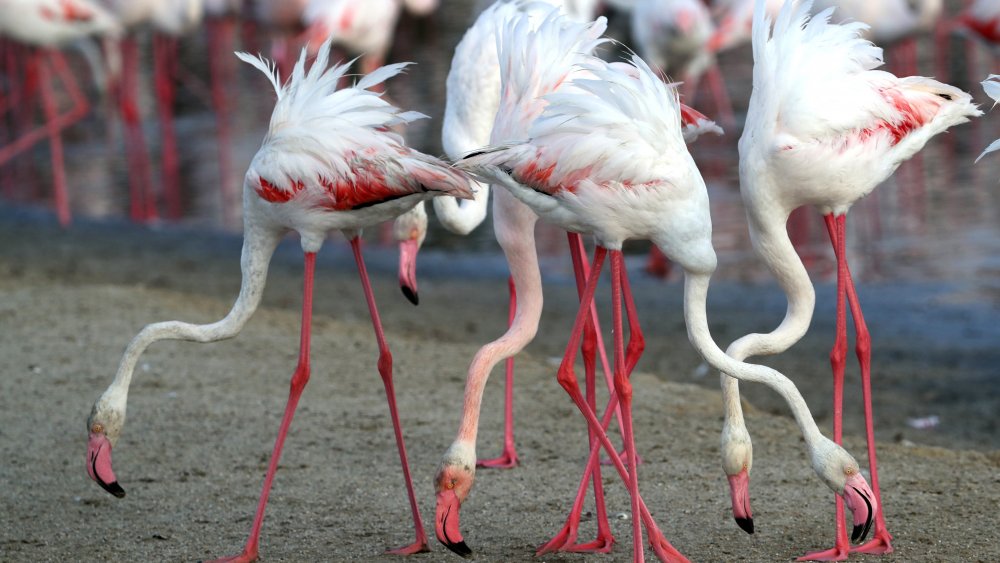The Real Reason Birds Migrate
Why do birds always disappear every time winter's near? Just like trees, they long to leave in the fall. Obviously, those lines came from sublime songbird Karen Woodpecker, but they also speak to the common phenomenon of bird migration. Whether it's Canada's geese vacationing in the U.S. or penguins marching to the beat of Morgan Freeman's voice, massive numbers of birds travel en masse every year. Of course, there are a few qualifiers worth adding: One, not all birds migrate. Two, the birds that do do so for different reasons. And three, tee-hee, because number two says, "birds that do do," and clearly a child wrote this.
Per the Royal Society for the Protection of Birds, roughly 40 percent of the world's bird species are known to migrate, which amounts to about 4,000 types of bird. While many of them make cross-continental treks because of seasonal factors, there are actually a variety of reasons and types of migration.
Birds are more than fairweather feathered friends
The Royal Society for the Protection of Birds observes that some birds are fair-weather friends that travel to warmer or milder climates in the winter, to breed and feed on insects. Others want to moult safely. While all birds shed feathers and grow new ones every year, some go for the full Monty. For instance, shelducks shed all their feathers, temporarily robbing them of their ability to fly, so they migrate to find a safe place to be naked while they grow new clothes.
Other birds relocate after eating all the food in their current location, sort of like locusts, except cuter and less apocalyptic in nature. Known as an interruption, the migration's regularity relates to scarcity rather than nudity or lovemaking. For instance, waxwings that typically chill in Scandinavia during the winter might fly to the UK every ten years because they ran out of berries to eat.
Some migratory birds don't cross oceans or countries, but instead (literally) soar to new heights in a phenomenon known as altitudinal or vertical migration. A 2017 study by Kansas State University determined that the United States and Canada are home to 116 species that migrate vertically, via the National Audubon Society. Some fly to higher climates in the summer to stay cool on the frosty regions of mountains. In the winter, they may head out west because the mountain became intolerably cold and icy.

